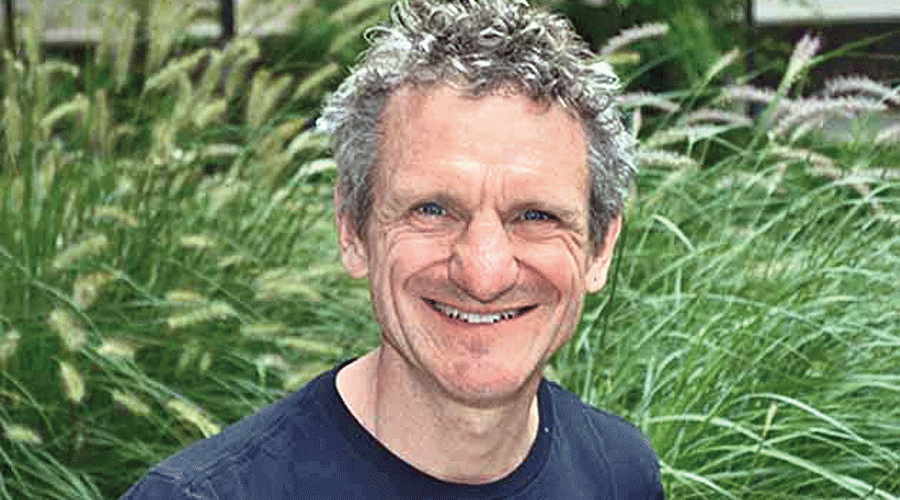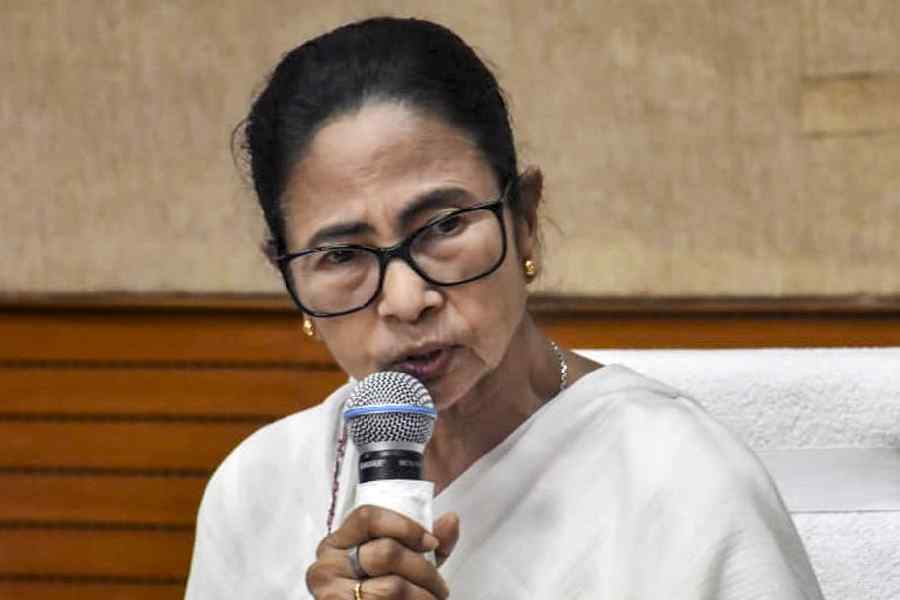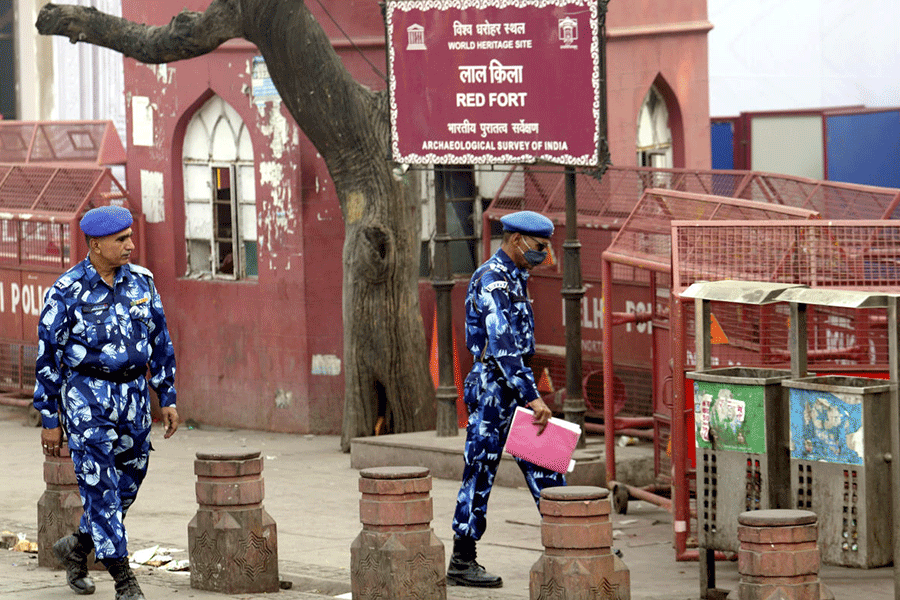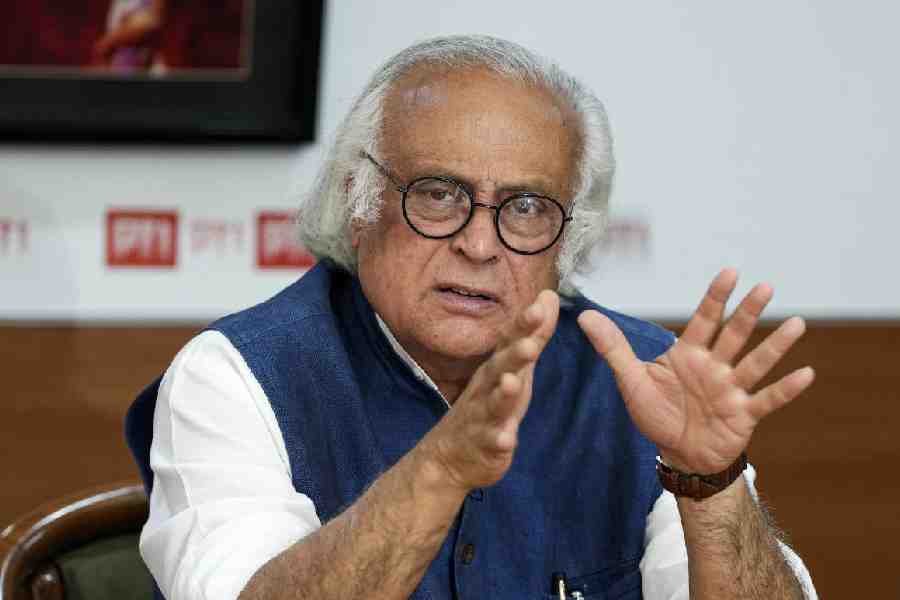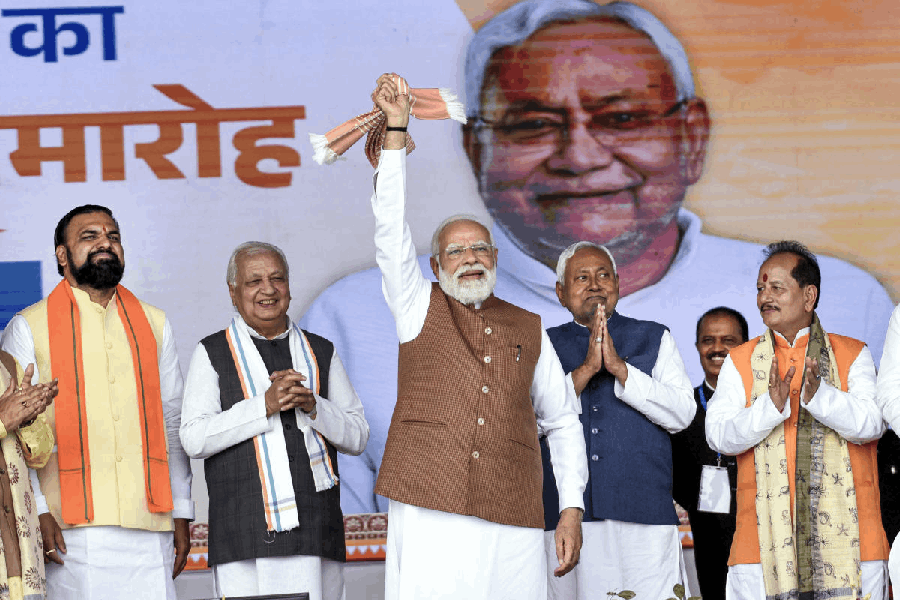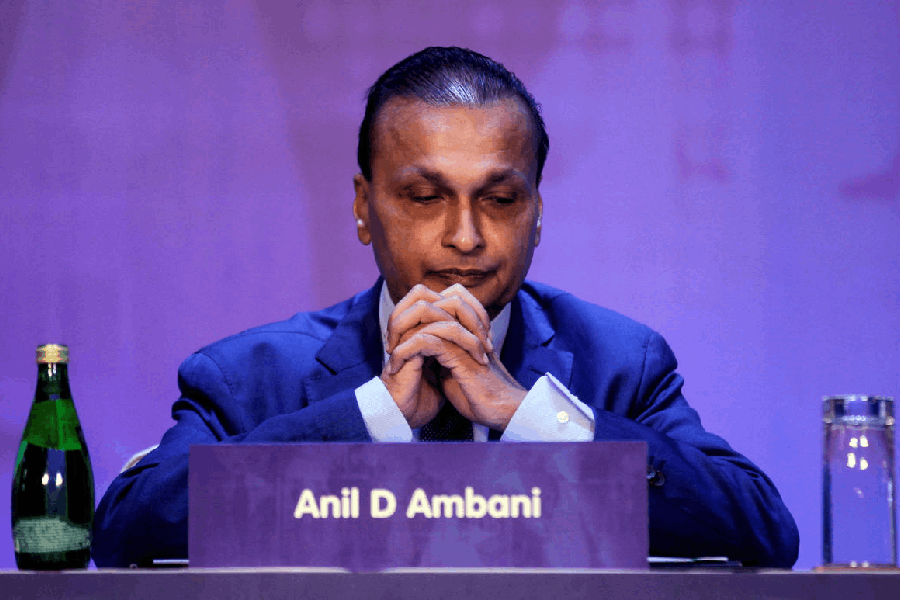Jon Wakefield was disappointed.
India’s health ministry had issued a statement decrying the methodology adopted by the World Health Organisation to estimate excess deaths worldwide during the Covid-19 pandemic in 2020 and 2021. The exercise indicated 4.7 million excess deaths in India, 9.8 times the country’s official Covid-19 death toll.
The ministry statement itself didn’t surprise Wakefield. Five times since July 2021, the Narendra Modi government had described studies that yielded excess death estimates for India from 3.2 million to 4.9 million as “audacious”, “speculative”, “fallacious” or “incorrect”.
Those earlier statements had mainly flagged the generic limitations of scientific efforts in extrapolating death estimates. But two paragraphs in the ministry’s latest May 5 statement puzzled Wakefield, a professor of biostatistics at the University of Washington and lead author of the WHO study.
The ministry, citing reasons for India’s objections, had said the WHO methodology had assumed an inverse relationship between temperature and mortality — the higher the outside temperature, the lower the deaths — which, the ministry said, “was never substantiated by WHO despite India’s repeated requests”.
The statement also said that the methodology had not taken into account the Covid-19 test positivity rate — the proportion of people found positive among those tested, a measure of the size of the epidemic — which, the ministry said, had varied throughout the pandemic.
“We did not use temperature to estimate mortality for India and the test positivity rate too was irrelevant for India’s estimate — and the government knows this,” said Wakefield, who’s also a member of the WHO’s technical advisory group (TAG), an international expert panel guiding the mortality assessment exercise.
“The ministry’s statements have been misleading,” Wakefield told The Telegraph.
The Centre’s attempts to discredit every scientific study that has projected a very large estimate of excess deaths in the country appear to reflect a campaign to influence public discourse, no matter what science suggests, multiple health experts, including four TAG members, have said.
“The contents of the May 5 statement point to either ignorance, incompetence, or an intentional effort to sway public opinion against the WHO estimate,” said an expert who is familiar with the WHO methodology and requested not to be named.
Some experts, including two in central health research institutions, requested anonymity while sharing their views with this newspaper because of, as one of them put it, the government’s sensitivity about the topic.
The inclusion of the temperature-mortality correlation and the test positivity rate as issues of concern in the statement, when both were irrelevant to India’s estimate, “seems an effort to use scientific language to bring disrepute to the WHO estimate”, a public health expert in a central institution said.
The health ministry did not respond to queries from this newspaper on these concerns.
The controversy is about estimates of excess deaths in India during 2020 and 2021 through two Covid-19 waves, of which the second in 2021 was particularly brutal and witnessed oxygen shortages, overcrowded funeral grounds and bodies dumped in rivers.
The WHO’s estimate of 4.7 million excess deaths in India is part of an exercise to assess the global excess mortality. It has calculated 14.9 million excess deaths worldwide during 2020 and 21. The excess mortality is the difference between the total deaths estimated and the number that would have been expected in the absence of the crisis — the Covid-19 pandemic.
The health ministry said India had written to the WHO 10 times between November 2021 and May 2022, expressing reservations about the estimation methodology and urging it to wait until India provided authentic data from its Civil Registration System (CRS) that documents births and deaths.
A senior health official, who asked not to be named, told this newspaper that in meetings on the topic, India felt that its objections “were not being heard” and that the methodology was not being discussed threadbare.
But the WHO told this newspaper that it had responded to “all issues raised by India” and had made multiple requests for the national mortality data to be made available for the estimation exercise.
“In the absence of complete national mortality data, the WHO obtained the estimate for India based on publicly available mortality data from 17 states using a standard statistical model,” the WHO said in a written response.
For sure, there is a precedent for India proving international forecasts wrong.
In the early 2000s, international agencies had suggested that India had between 4 million and 8 million people infected with HIV. One agency had predicted the count would rise to 10 million by 2010. But an Indian HIV study in 2006-07 placed the number at roughly 2.47 million.
But several studies — at least three in peer-reviewed journals — have since January this year estimated the excess deaths between 3.2 million and 4.9 million in India during the pandemic. These studies preceded the WHO estimate, released on May 5.
“The studies have used different models and different data sources — the only way to refute the estimates is to produce stellar data in a timely manner,” said Bhramar Mukherjee, professor of biostatistics at the University of Michigan and another TAG member.
“When data are missing, you can only do so much to defend your models. The truth can only be unravelled or validated when true national data are released. Until then questions and uncertainty will linger.”
Some experts view the health ministry’s efforts to deny the large estimates of excess deaths as akin to health officials’ attempts to misleadingly deny the community transmission — a signal of a widespread epidemic — of Covid-19 throughout the pandemic’s first year.
“Denying large estimates of excess deaths fits into the narrative that India did a reasonably good job — that India managed the epidemic well,” said T. Sundararaman, a public health expert and former executive director of the National Health Systems Resource Centre, a health ministry institution.
India’s large population would contribute to a high absolute death toll. But even through another measure — the excess death rate per 100,000 people — India with 171 deaths would rank 33 from the bottom with a higher death rate than the US (140), Brazil (160) or neighbours Bangladesh (43) and Pakistan (52).
“This does not fit the desired image,” Sundararaman said.
India did not provide the CRS 2020 data to the WHO until May 3. “We have new data from other countries also and we’ll come up with a new set of estimates in the not too distant future,” Wakefield said.
Wakefield said he would “welcome scientific critique and we’ll continue to improve the methodology on the basis of such scientific critiques”.
He added: “But when science is suppressed, we are in a dangerous place.”
Prabhat Jha, an epidemiologist at the University of Toronto, Canada, and another TAG member said the government could end the controversy over excess deaths by adding two questions to the upcoming census.
The questions are “Was there a death in the household from January 1, 2020, onward?” and “If yes, what was the age, sex and the date of death?”
These would, Jha said, “provide direct evidence of excess deaths from Covid-19”.

